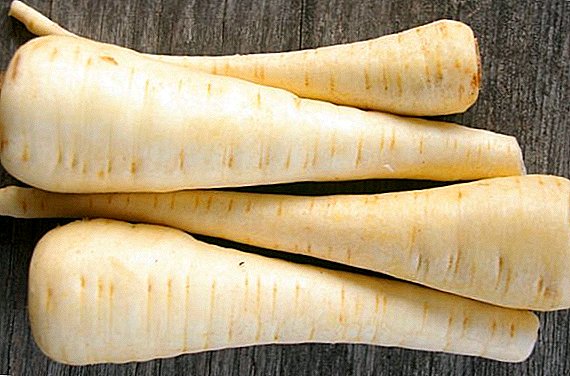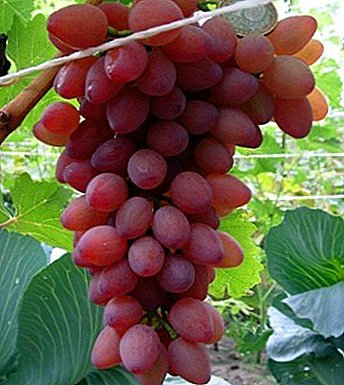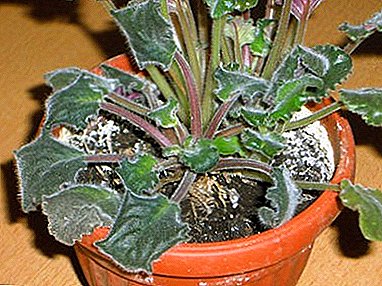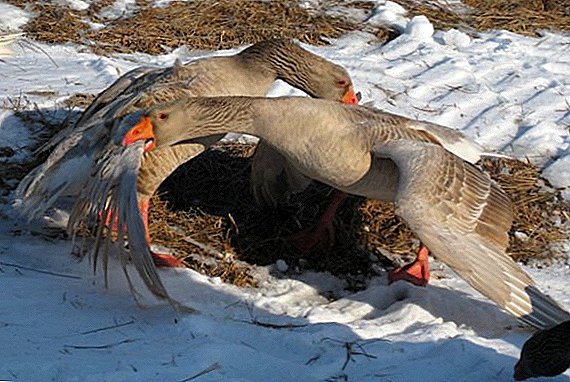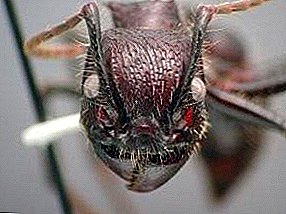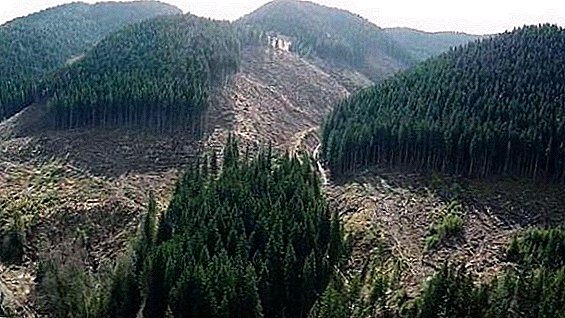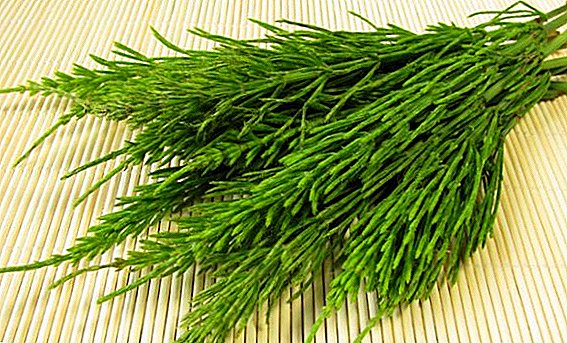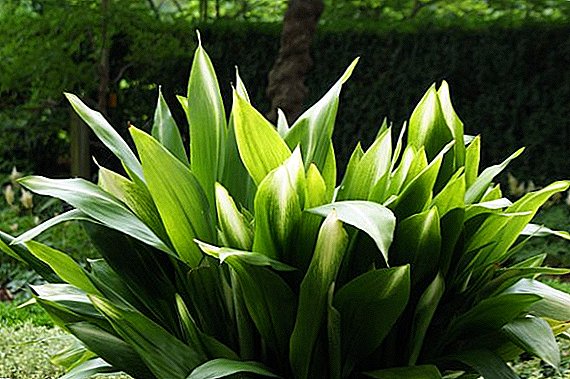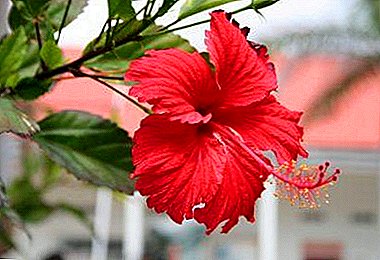
Hibiscus is a favorite of many lovers of indoor plants, and all this thanks to the large, bright and lush flowers.
However, not everyone knows what mistakes in care can lead to the fact that the hibiscus starts to drop buds.
Given that the main decorative hibiscus give lush flowers, the main task in its content - to prevent the fall of the buds. If this happens, you should pay special attention to the reasons.
Improper care
Consider some of the reasons why there are unopened buds in hibiscus. Often this is due to violation of the rules for the care of indoor plants.
Too high or low temperature
When the temperature is not suitable hibiscus actively discards its unblown buds. The optimum temperature for a plant is 23 degrees in summer and 18 in winter. If the room is colder than the permissible minimum, the buds may fall off at the stage of formation. If the thermometer, on the contrary, is too high, the buds will begin to dry out and die off.
It is very important that neither the winter nor the summer, the plant is not in a draft.
Direct sunlight
For the healthy development of hibiscus requires a bright but diffused light. Direct sunlight burns the plant and causes the buds to fall.
Too frequent watering
 If the buds turn yellow and wither, and a visual inspection does not reveal the presence of pests, then the plant suffers from excessive watering. Such symptoms manifests itself rotting root system.
If the buds turn yellow and wither, and a visual inspection does not reveal the presence of pests, then the plant suffers from excessive watering. Such symptoms manifests itself rotting root system.
To save the hibiscus, you need to get it out of the pot, remove the damaged roots, sprinkle the cut sites with charcoal and transplant in a new container.
In the further care, it is necessary to prevent overflows, but make sure that the soil is constantly moistened. Stems after fallen buds need a little pruning, so that new strong shoots start to develop in these places.
Soil chlorosis
Poor drainage and inadequate soil composition lead to the fact that the leaves of hibiscus fade and turn yellow on the edge or on the entire leaf plate, and the buds fall off.
To help the plant you can transplant it into a new pot with balanced soil composition and well-organized drainage.
Wrong wintering
Wintering hibiscus should take place at a temperature not lower than 15 degrees. Only in this case, the plant will be able to gain strong ovaries, not subject to falling.
Lack of feeding
Nutrient deficiencies in the soil are stressful for hibiscus. During flowering, the plant needs additional nutrition. For these purposes, the best fit complex fertilizer with nitrogen, potassium and trace elements.
Important! Hibiscus store fertilizers are not suitable for flowering plants, due to the high phosphorus content in their composition. For hibiscus, this element is intolerable and can provoke a drop of buds.
Frequent plant movements
Hibiscus categorically can not touch during flowering, spin the pot or move it around the room. The plant reacts sensitively to this kind of stress and responds with an intense drop of buds. It is recommended to provide him peace and protection throughout the entire period of flowering.
Pests
Shchitovka

It is possible to detect the presence of a pest by the brown hillocks that appear on the stems. The parasite harms the healthy development of the plant, causing stress, which leads to the fall of the buds.
You can fight insects with insecticides purchased in specialized stores, or you can make a decoction of 50 grams of mustard and a liter of water, dilute the resulting composition in twenty liters of water and thoroughly wash the whole plant with them.
Aphid

If the buds turned yellow, began to wither and fall off, and when viewed from the plant white larvae were found slowly moving along the leaves and stems, it is safe to say that the hibiscus is infected with white aphids.
To return the plant to life, you need:
- Treat it with insecticidal preparations, and, after some time, rinse under a warm shower.
- After the plant dries, all shoots with sluggish buds must be cut.
This will help not only to heal hibiscus from aphids, but also stimulate the formation of new strong inflorescences.
We offer to watch a video on how to get rid of aphids on hibiscus:
Spider mite

If the room is dry and hot, this is a prerequisite to the defeat of hibiscus spider mite. Visually, he finds himself by the presence of a thin cobweb and sticky plaque on individual leaves. The vital activity of the parasite leads to a weakening of the tree and, consequently, to the fall of the buds. To prevent spider mites, you need to moisten the air and spray the plant.
If you follow all the conditions for growing hibiscus, then problems in the form of falling buds can be avoided. A healthy plant, gratefully responding to care, is able to please its owner with abundant and long flowering.


